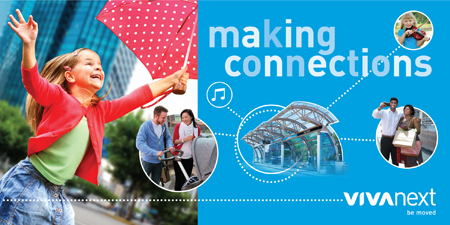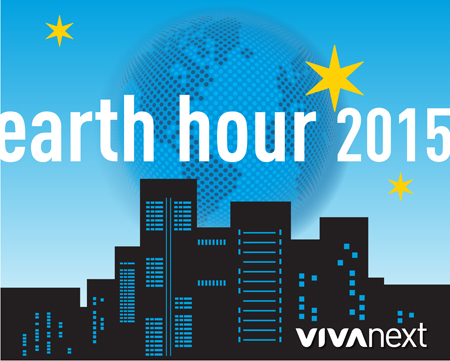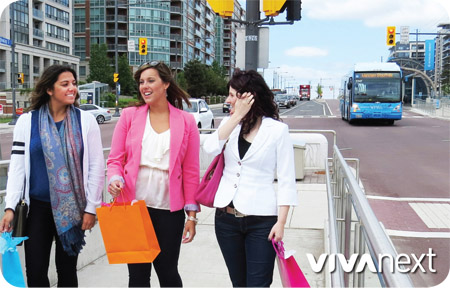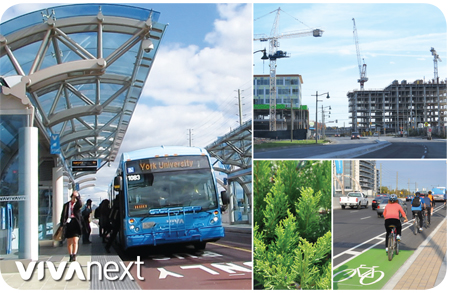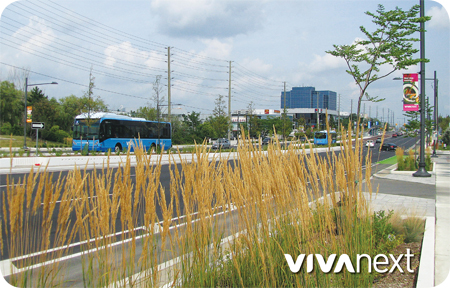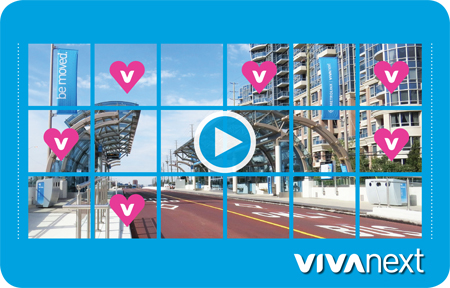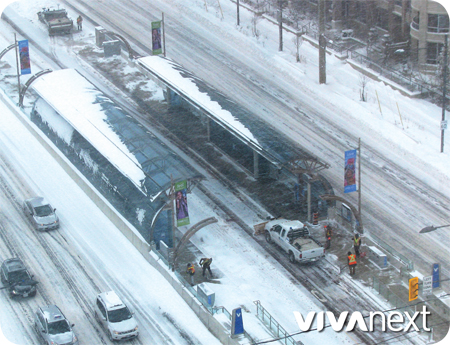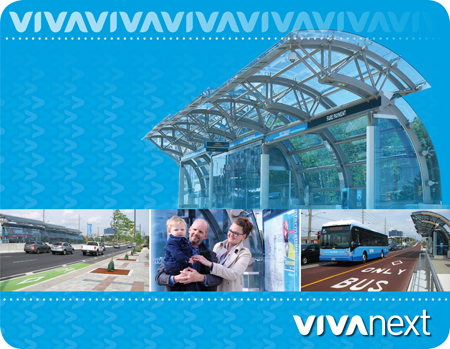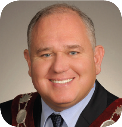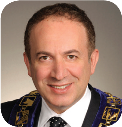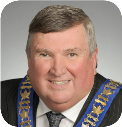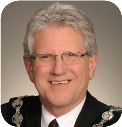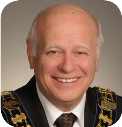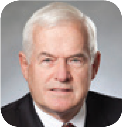
You may not know this, but the vivaNext segments already open or under construction involve much more than building a cutting-edge Bus Rapid transit [BRT] system. One of the goals is to support the improvement of York Region’s transportation network, so that it works better for all travellers whether they’re going by transit, foot, bike or car. But before improvements can be made, a lot of work needs to be done to identify the constraints and how they can be fixed. This is where the complex specialty known as “traffic engineering” comes in.
You might think all traffic problems stem from too many vehicles using not enough road space. In fact, it’s much more complicated than that. Effective transportation systems [including roads] have a direct impact on our quality of life and depend on a wide range of components to work well together so that people and goods can get around. Traffic can get bogged down when key pieces are outdated or poorly designed, whether they’re related to road layout, placement of intersections, speed, traffic signal timing, turning lanes or many other components.
Traffic engineering involves the analysis, design and planning of many of those technical components. As a discipline, it studies how traffic operates and flows, how roadways are designed and controlled, and how best to plan for future roadway networks and transportation systems to support future land use. This includes coordination of the many traffic lights and the length of time of each light.
The scope of components our vivaNext traffic engineers have analyzed, modelled and designed is very broad, and takes into account York Region’s future growth over the next many years. Well beyond the design of the rapidway, we’ve looked at many issues including the site, and users, of future developments; traffic speed and flow; parking; cycling facilities; impacts from the rapidway on right- and left-turning traffic; impacts on side-streets and neighbourhoods; safety for pedestrians and cyclists; traffic signs; signalized intersection design and equipment – to name a few. And all this analysis and modelling is done in conjunction with other work focused on transit priority measures and intelligent transportation systems.
There is a huge body of science behind the specialized discipline of traffic engineering which enables us to accurately model future impacts of design alternatives, allowing us to determine which approach will help traffic move best. With new technology, traffic controllers at York Region monitor major roads on an on-going basis using traffic cameras. And from time to time, they also go back to data collected from that very low-tech approach, of simply counting cars in order to keep everyone moving along smoothly!
At the end of the day, traffic engineers are key players in developing strategies that will improve the overall transportation network, and ensure that an ever-increasing number of users on foot, on a bus, riding a bike or driving a car – are able to get around as quickly and smoothly as possible.

